The difference between [Yega] and [Sidamo]-how to cook
Professional coffee knowledge exchange more coffee bean information please follow the coffee workshop (Wechat official account cafe_style)
● about the two producing areas of [Yega Xuefei] and [Sidamo]
These four major planting systems are distributed in the following nine major producing areas of Ethiopia: Jinma, Sidamo, Yegashifi, Hara, Lim, Iruba, Gimbi (Lekanti), Tibby, and Bebeca.
Yejia Xuefei (boutique producing area): 1800m-2000m above sea level | Pastoral coffee system |
Yega Xuefei is affiliated to the Sidamo producing area, which is separated separately because of its unique flavor.
In addition to the small town of Yega Xuefei, it also includes three by-product areas around Wenago, Kochere, Gelena and Abaya.
There are large and small villages, micro-producing areas, cooperatives and treatment stations under Yejashafi. In most parts of Ethiopia, coffee farmers are still living a very difficult life, and they do not have enough capacity to build family-style processing works. as a result, there will be many treatment stations that focus on buying coffee fruits from nearby small farmers, processing them, and then selling them to raw bean merchants. For example, Yega [Red Cherry Project] sun-dried beans, only the red cherry project information, and sometimes get very detailed information about the beans, we can know that this bean comes from a certain village, such as Yega Xuefei [berry orchard], can be traced back to Lot1 Solar G1-Ethiopia Yirgacheffe Kochere Bolje Lot1 Natural G1 in Poli Village, Yega Feikochel Town.
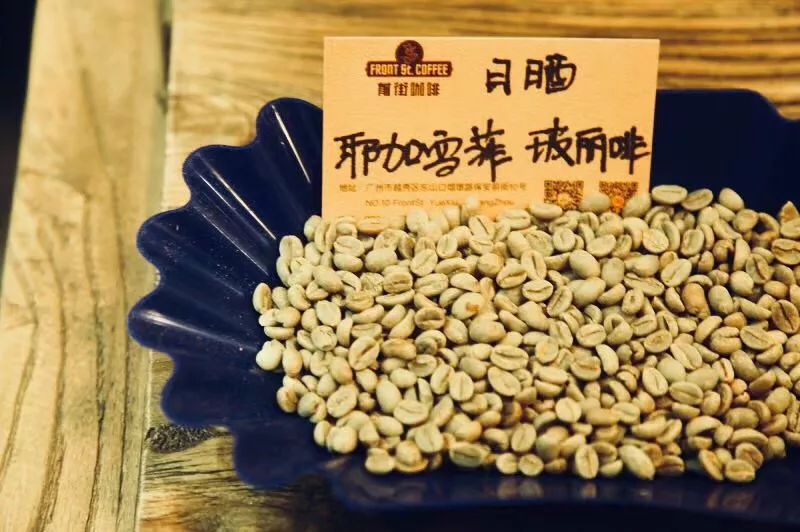
In addition, the common areas in China that belong to Yega Xuefei are:
Yega Chuefei Fog Valley: Yega Chuefei Fog Valley Misty Valley. Since the introduction of water washing technique in the late 20th century, defective beans have been greatly reduced thanks to water washing, which has made coffee beans in this area become a trend among coffee fans all over the world. Abdullash Bagersh, a local coffee merchant, missed the traditional flavor of sun-dried beans, so he improved the treatment of sun-dried beans to improve the flavor and reduce the proportion of defects, and launched "Idido Misty Valley, Beloya and Aricha," three very famous Yejasuffi sun-dried beans.
Yega Xuefei Ariga: Yega Xuefei Ariga Aricha, formerly known as Idido. A well-known coffee bean processing plant near the town of Yejassefi
-Wenago Ye Jia Xue Fei Wei Na Guo
-Dormorso Yega Xuefei du Meso
-Konga Yega Xuefei Conga
-Kochere Yega Shirley Fischer
-Chelelektu Ye Jia Xuefei snow map
-Gutiti Yega Chuefei Ding Ding
Sidamo (boutique producing area): 1400-2200m above sea level | Pastoral coffee system |
The flavor is similar to Yejiaxuefei, Sidamo, which is delicately washed or sunburned, with the same scent of flowers and oranges.
The Sidamo producing area (Sidama) is located in southern Ethiopia. The industry here is mainly agricultural, and the coffee growing area is located around the East African Great Rift Valley (Great Rift Vallley).
The coffee in Sidamo has a variety of flavors. Different soil types, microclimates and countless native coffee species, towering mountains, highlands, plateaus, valleys and plains, diverse topography, and the geology of the area belongs to nutrient-rich, well-drained volcanic soil. the depth of the soil is nearly two meters, and the surface soil is dark brown or brown.
The biggest advantage of the area is that the soil fertility is maintained through the circulation of organic matter, using the withered leaves of the surrounding trees or the residual roots of the plants as fertilizer. Therefore, the coffee produced in cities and towns has obvious differences and characteristics.

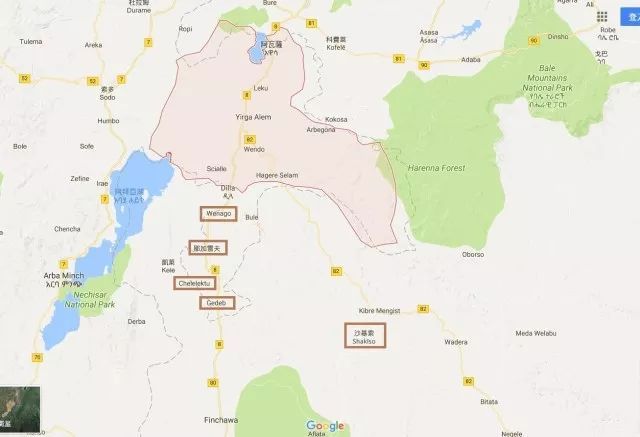
The production area of Guji Zone has always been a production area worthy of considerable attention, and the development in recent years has also confirmed that the rise of Guji production area is indeed one of the important trends in the development of Ethiopia in recent years. In addition to the beans from the larger producing areas, such as Humbera and Shakespeare, there are also excellent beans from processing plants or even single estates, which are unmatched by the traditional Yega Sheffield producing areas.
Yejia Xuefei body variety is a local native species, small grain species, the appearance is more round, the bean body is very small, mostly between 14-15 orders.
The Sidamo variety is also a native species, small grain species, smaller bean body than Longberry, smaller bean body, and a little larger than Yega Sheffei as a whole, mostly 15 orders.

Local native species: Ethiopian coffee varieties have been recorded with nearly 2000 varieties, of which 1927 are native varieties and 128 are imported varieties. So just by looking at the appearance, Esther's coffee variety is "Grand View Garden", which has everything, long, short, thin, fat.
We got a sun Jakarta and a sun Sidamo, how to do it?
As for the way of brewing, hand brewing and siphon brewing are the best. When you grind the beans, you can smell the sweet smell of the sun fruit.
According to our experience, the main differences between sun Yega and Sidamo are baking degree, altitude and baking date.
In principle, the temperature of deep baking can be lower, and the shallower the temperature of baking can be higher. For example, shallow baked beans, longer time, rough grinding, the beans themselves are sour, and if you like bitter or sour, you can try it at a higher temperature. Of course, those aromatic lipids do give off more aroma when the temperature is high, but sometimes it is accompanied by the destruction of certain flavors. Of course, the cooking temperature is not too fixed, which can be determined according to your personal taste or the degree of baking of the beans.
The common technique used by Yega and Sidamo: three-stage style.
Three-stage water injection method
To inject a section of water into three stages.
Suitable for light, medium and medium roasted coffee beans
Use filter cup V60
Increase the steaming time or water cut-off times to improve the rich taste of the coffee.

Degree of grinding-small Fuji 3.5, sugar size
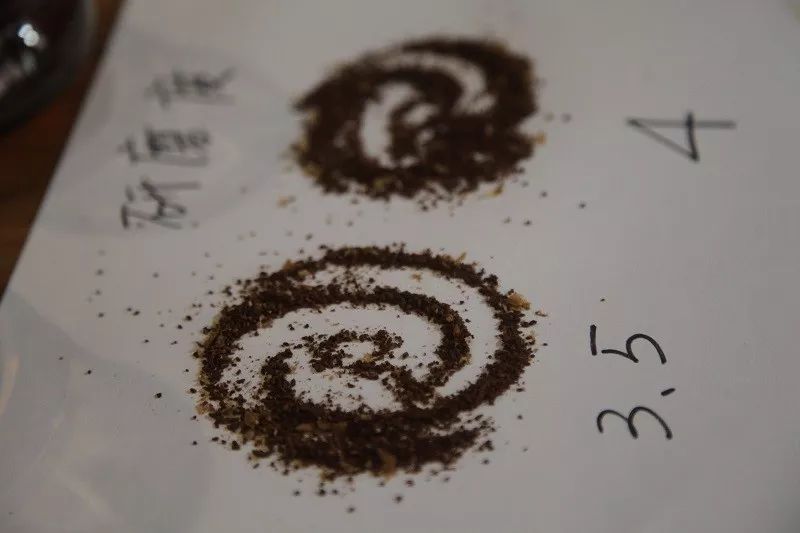
Segmented extraction method of three-stage water injection
The layers are richer, and the flavor of the front, middle and back of the coffee can be clearly defined. The practice is to increase the amount of water each time after steaming, usually when the coffee liquid is about to drop to the surface of the powder layer, using small, medium and large water flow to do three-stage extraction, with the sun [Huakui] as a reference:
3.5 Grinding-90 degrees water temperature
Bean grinder
Grinding degree
Powder quantity
Filter cup
Little Fuji
3.5
15g
V60
Water temperature
Stuffy steam
The second stage of water quantity
The third stage of water quantity
Total time 2:08
90 degrees
30g water for 32s
100g 1:00
95g
Total amount of water: 225
Sweetness: ☆☆☆☆
Acidity: ☆☆☆
Bitterness: ☆
Taste description: the sweetness is good, the mouth is comfortable, the taste is full, the acid is a little softer, it is wrapped in fruit, the bitterness is much weaker here, and the aftertaste is very sweet.
Important Notice :
前街咖啡 FrontStreet Coffee has moved to new addredd:
FrontStreet Coffee Address: 315,Donghua East Road,GuangZhou
Tel:020 38364473
- Prev
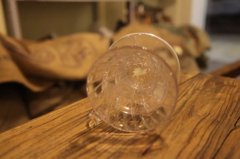
Daily cooking | different filter cup Sidamo Kui hand flushing parameters
Professional coffee knowledge exchange more coffee bean information please follow the coffee workshop (Wechat official account cafe_style) A good cup of coffee is nothing more than a balance of sweet and sour and smooth taste and other features, the design of the filter cup is how to show these characteristics of coffee. However, the style of coffee brewed by different filter cups is also different. The beans used this time are western.
- Next
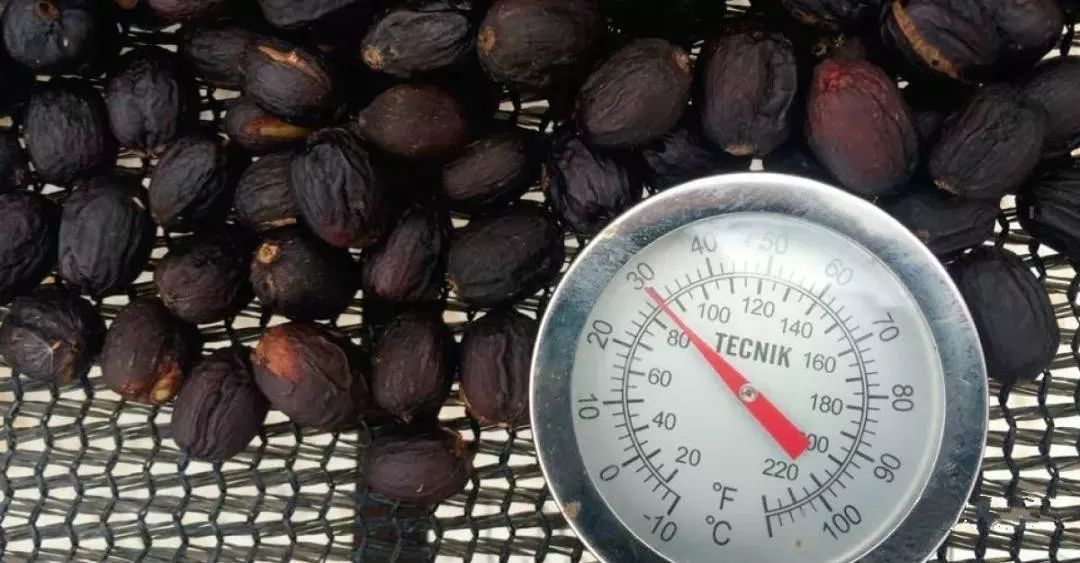
Is the "yeast treatment" of Rosa rugosa a kind of treatment? Is there any difference between beer and red wine?
Professional coffee knowledge exchange more coffee bean information Please pay attention to coffee workshop (Wechat official account cafe_style) fermentation this word in life is often reminiscent of noodle making cakes, Youtiao, steamed buns, steamed buns, or food spoilage items mildew. Fermentation has been used so much in our daily life that it is so common that we enjoy the variety.
Related
- What is the meaning of lactic acid fermentation with coffee bean treatment?
- How to judge the state of foam by sound?
- How does the latte pull out the unicorn pattern? Come to get for a little trick to improve the flower pull!
- Will flower pulling affect the taste of the latte?
- Do you know the history of coffee?
- The difference between honey treatment and sun washing what is raisin honey treatment?
- What kind of milk can a novice use to make coffee foam to keep the foam longer? The correct method and skills of milking tutorial sharing
- Why do washed coffee beans taste sour? Flavor characteristics of washed Coffee
- Introduction to the skill of how to practice the size and height of water injection around the circle of hand-brewed coffee
- How do beginners practice coffee flower drawing from scratch?

